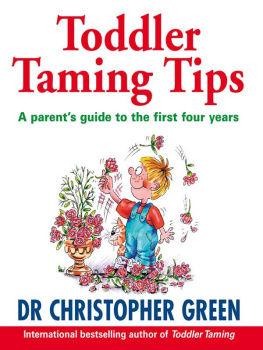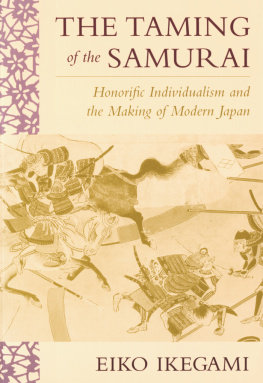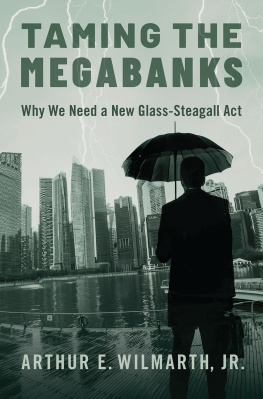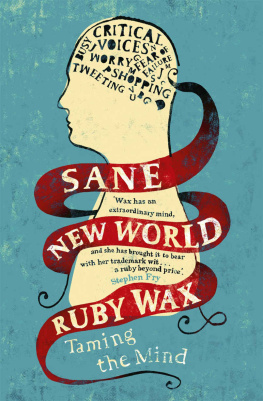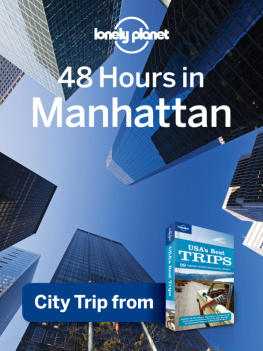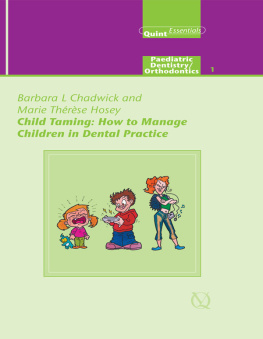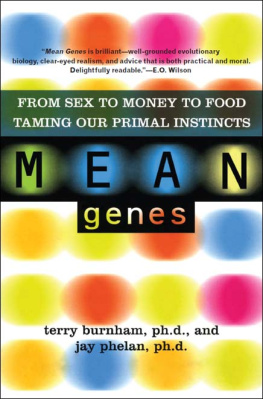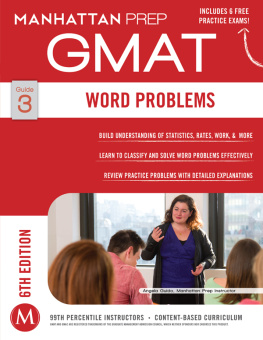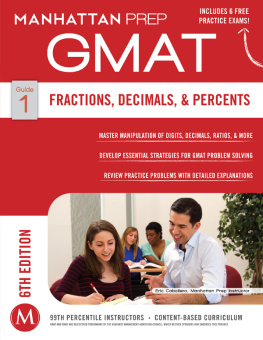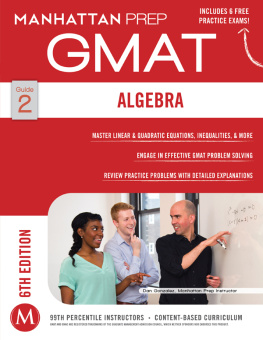Mcneur - Taming Manhattan: Environmental Battles in the Antebellum City
Here you can read online Mcneur - Taming Manhattan: Environmental Battles in the Antebellum City full text of the book (entire story) in english for free. Download pdf and epub, get meaning, cover and reviews about this ebook. publisher: Harvard Univ Pr, genre: Politics. Description of the work, (preface) as well as reviews are available. Best literature library LitArk.com created for fans of good reading and offers a wide selection of genres:
Romance novel
Science fiction
Adventure
Detective
Science
History
Home and family
Prose
Art
Politics
Computer
Non-fiction
Religion
Business
Children
Humor
Choose a favorite category and find really read worthwhile books. Enjoy immersion in the world of imagination, feel the emotions of the characters or learn something new for yourself, make an fascinating discovery.

Taming Manhattan: Environmental Battles in the Antebellum City: summary, description and annotation
We offer to read an annotation, description, summary or preface (depends on what the author of the book "Taming Manhattan: Environmental Battles in the Antebellum City" wrote himself). If you haven't found the necessary information about the book — write in the comments, we will try to find it.
Mcneur: author's other books
Who wrote Taming Manhattan: Environmental Battles in the Antebellum City? Find out the surname, the name of the author of the book and a list of all author's works by series.
Taming Manhattan: Environmental Battles in the Antebellum City — read online for free the complete book (whole text) full work
Below is the text of the book, divided by pages. System saving the place of the last page read, allows you to conveniently read the book "Taming Manhattan: Environmental Battles in the Antebellum City" online for free, without having to search again every time where you left off. Put a bookmark, and you can go to the page where you finished reading at any time.
Font size:
Interval:
Bookmark:
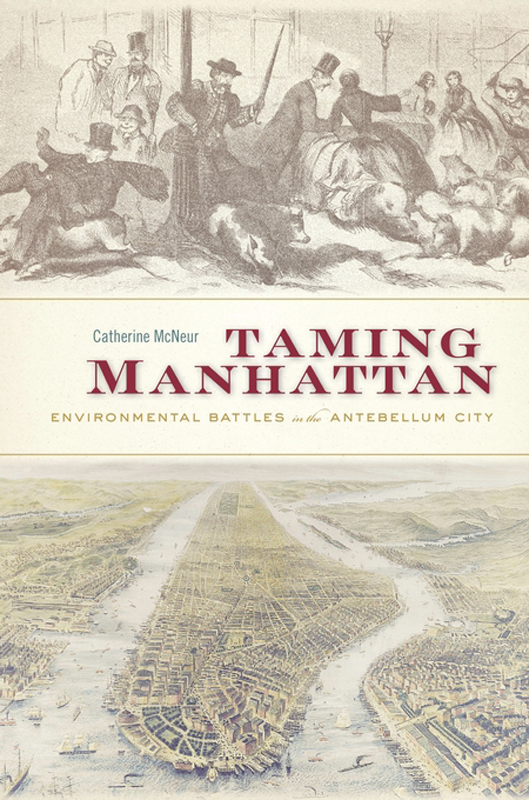



Cambridge, Massachusetts
London, England
2014
Copyright 2014 by Catherine McNeur
All rights reserved
Jacket illustrations: (top) Pork Lively a sketch from nature at the corner of Broadway and Fourth Street, 1859, New York Public Library; (bottom) New York and Its Environs, 1867 (color lithograph), copyright Collection of the New York Historical Society, USA / The Bridgeman Art Library
Jacket design by Lisa Roberts
The Library of Congress has cataloged the printed edition as follows:
McNeur, Catherine.
Taming Manhattan: environmental battles in the antebellum city / Catherine McNeur.
pages cm
Includes bibliographical references and index.
ISBN 978-0-674-72509-6 (alk. paper)
EPUB: 978-0-674-74514-8
MOBI: 978-0-674-74515-5
PDF: 978-0-674-73598-9
1. UrbanizationNew York (State)New YorkHistory19th century. 2. Manhattan (New York, N.Y.)Environmental conditions. 3. City planningEnvironmental aspectsNew York (State)New YorkHistory19th century. 4. New York (N.Y.)History17751865. I. Title.
HN80.N5M36 2014
307.7609747'1dc23 2014003557
To Dan, Nora, and Julia
- 1
- 2
- 3
- 4
- 5
When John Randel, Jr., and his fellow surveyors set out in 1808 to map Manhattan Island, they surely anticipated having to wade through salt marshes and red maple swamps, climb rocky outcroppings, and make their way through thick forests of hickory, pine, and tulip trees. The island was ecologically and topographically diverse, and this would have been par for the course. They might not, however, have expected to be pelted with cabbages and artichokes while they worked. The commissioners charged with developing a plan for New York City had hired Randel to draw the map that they would use to stamp the gridiron street plan onto the land. Randel cut through overgrown woodlands, broke off branches, and planted markers at the intersections of future streets. The story goes that small landowners who spotted the surveyors and engineers marking up their property were so outraged that they set their dogs on the trespassers or united with their neighbors to drive them
Regardless of whether the story is true or a colorful urban legend passed down through histories of the city, the farmers attack demonstrates the contested nature of urban growth and progress. Antebellum Manhattan struggled with a wide range of environmental battles that involved everything from street surveys to animals, parks, manure, food, and shantytowns. Neighbors from all social classes found in the urban environment a means for controlling the dramatic physical, social, and economic changes facing the city. It made the uncontrollable seem controllable.
Fast-paced urbanization between the War of 1812 and the Civil War wrought dramatic social and environmental changes for New York. The United States, as a whole, was becoming increasingly urban, and New York was a magnet for Americans and immigrants alike. From a city of 96,373 in 1810, when the densest part of the city sat below Chambers Street, New York grew by nearly 750 percent to house 813,669 in 1860. By that point, the city, which still consisted only of Manhattan Island, stretched four miles north to 59th Street. Despite the signs of material prosperity associated with this growth, the citys small municipal government and hodgepodge infrastructure failed to meet the needs of its densely packed residents. Garbage filled the streets and sewage contaminated the drinking water. Epidemics, fires, and endless inconveniences made the city practically unlivable.
Antebellum Manhattan would hardly be recognizable to modern New Yorkers. Pigs and dogs freely wandered the streets, cows foraged in the Battery, and the dirt was so thick that pedestrians often forgot that the streets were paved. New Yorkers rebuilt the dense downtown buildings to hold more people, while simultaneously pushing the boundaries farther north up the island. Those living through this era were keenly aware of how quickly their city was changing. When John Randel, Jr.,
Poor New Yorkers and wealthy New Yorkers had very different ideas about what belonged in the city and in many ways efforts to tame the city were attacks on an informal economy that supported a large segment of the citys poor. The citys notoriously filthy streets served as an urban commons for the poor, who used the piles of trash to feed their animals, recover salable materials, and make ends meet. They were trying to survive in an evolving but unstable market economy that offered few safety nets. These women and men adapted to growing heaps of waste and found innovative ways to use the resources at hand to scrape by. As politicians and reformers pushed to improve the urban environment with better sanitation and greener spaces, the ability of the poor to use this de facto urban commons as they liked began slipping away. Still, the continued importance of the urban commons through the nineteenth century reveals the dynamic power play between neighbors over how the urban environment could be used.
What we understand today as rural land uses were a consistent, if contested, part of city life. While we might smirk at the idea of pigs wandering the streets of Manhattan, their disappearance and eventual home far from the city center did not seem inevitable to antebellum residents. This is a study as much about the battles to maintain or erase urban agriculture and other uses of the citys environment as it is about the development of our modern conception of what properly belongs in the city versus the country. Not only is the city impossible to understand without the country, but the country was also very much a part of the city.
Of course, New York City was not alone. Many of the stories about the citys struggle with its expanding population and environmental conditions could be told about other cities to varying degrees. Boston and Atlanta contended with urban cows, St. Louis dealt with its own smelly offal problem, San Francisco and New Orleans struggled with filth, and epidemics plagued nearly every nineteenth-century city as well as small towns. Many American cities struggled with fast-paced urban growth in the nineteenth century. Yet New York was the countrys largest metropolis, and it experienced many of these issues earlier and more intensely
Urban landscapes continue to be contested, though debates over topics like urban animals have profoundly changed. While urban agriculture was far from fashionable in the nineteenth century, today it is not uncommon to find chicken coops in upper-middle-class backyards and even on Fifth Avenue rooftops of the wealthiest city residents. For the past several years, the New York Times has had a column offering advice about foraging weeds and flowers from sidewalks and parks. Even the New York City municipal government is on board, offering unprecedented support for community gardens and other ways to tap local food sources. This is a national phenomenon that is slowly transforming urban dwellers relationships with city land. The media, however, give much less attention to stories about how poorer city residents continue to garden, fish, and forage in ways to make ends meet. Whether rich or poor, urban Americans are fighting against the boundaries drawn in the nineteenth century when they plead with their municipal governments to permit them to keep chickens, pigs, goats, or bees. Today, proponents argue that urban agriculture and local food sources promote sustainable cities. In the nineteenth century, many Americans would have believed the opposite.
Font size:
Interval:
Bookmark:
Similar books «Taming Manhattan: Environmental Battles in the Antebellum City»
Look at similar books to Taming Manhattan: Environmental Battles in the Antebellum City. We have selected literature similar in name and meaning in the hope of providing readers with more options to find new, interesting, not yet read works.
Discussion, reviews of the book Taming Manhattan: Environmental Battles in the Antebellum City and just readers' own opinions. Leave your comments, write what you think about the work, its meaning or the main characters. Specify what exactly you liked and what you didn't like, and why you think so.

